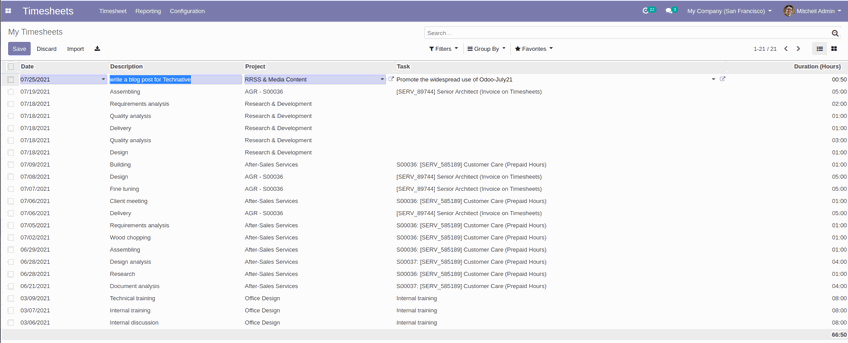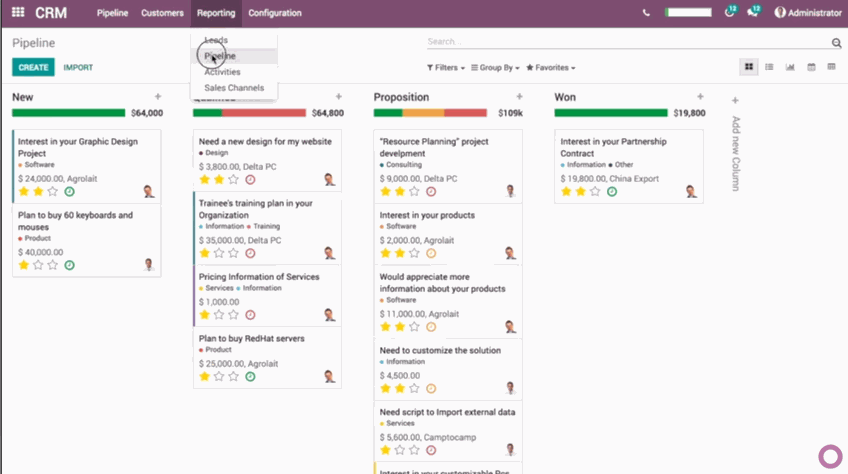The global pandemic derived from the health crisis of COVID-19 has marked a turning point in the lives of Europeans. And beyond the usual emotional and economic damage that almost no one has been spared, our relationship with work has taken an unpredictable turn just a year ago.
Countries like Spain have multiplied their telework rates by up to 700% in the months of confinement, going from 4.8% in 2018, according to the National Institute of Statistics, to 37% in April 2020, as indicated in a report commissioned by the Foundation Telefónica to measure the impact of the crisis. After the massive lockdown decreed by the authorities to contain the spread of the virus, the percentage of Spaniards who telework continuously is 16.2% according to a study by the consulting firm Randstad. In any case, in Spain people telework four times more than two years ago and important steps have also been taken in legislative matters where there was a barren wasteland.
What have been the needs that many European companies have had to urgently address?
All those related to the lack of an infrastructure that makes possible the digitization of processes that respond to milestones that are included in what we call digital transformation. And it is that this concept not only refers to the change of production processes and the application of technology in decision-making, it goes further and also affects the work culture of the workforce.Thus, the need to work remotely has been the the only way to survive for millions of businesses many of which, in their arduous search for solutions, have come across a tool called Odoo.
What can this online ERP contribute to the new scenario?
Odoo has been a true lifejacket for companies that need to adapt in record time to a new telework environment for all or part of their workforce. In addition to leaving an important margin for the essential human factor that is key in such a pronounced change in work culture, Odoo has all the tools that allows a business to continue its activity without compromising the quality and productivity once the technology and the staff have been set.
Which are those tools?
They are all the tools but we aren’t referring in this case to applications for videoconferencing such as Zoom, Jitsi or Meet, which have experienced an unprecedented boom. We want to cite those that, according to the surveys carried out during the pandemic, were of most concern to businessmen. First, Odoo covers human resources management with guarantees. From the time registration system that can be manual or automated, to the allocation of times in each task (timesheets), through the assignment of projects, division of teams, organization of priorities or management of holidays and leaves.

To try to make up for face-to-face communication, Odoo implements efficient working methods that are supported at all times by threads (chatter) where workers and clients find comfortable ways for written contact or arrange meetings.
The interface makes the worker feel comfortable from the first moment since its use is very intuitive and inherits gestures from the interaction in social networks, with public and private messages, the possibility of attaching files or the creation of follower lists for each task or concrete project.
This also provides a very powerful tool such as the option of having your own calendar synchronized with a team calendar so that everything flows seamlessly following a logical methodology.
In addition to the calendar to organize the meetings and the dates of completion of the phases of an assigment, another of Odoo's strengths is in document management, where attachments can be sorted and classified through any format so as to optimize the efficiency in its location and custody. For a more advanced document management, OCA also has other tools.

Depending on the nature of the business, it is possible that the Odoo CRM is a key tool, with which to filter all the opportunities that come to the company to give an adequate response, assign them to the ideal team and even analyze the quality and response time, measure interactions with customers and even determine KPI's that give clues about reputation after a certain business action.
The popularization of task and project organization panels such as Trello or Jira has put the focus of companies on online project managers that make it easier to organize at the work by assigning a priority, alerts or useful views of the status of a job. It is, however, one of the most powerful Odoo resources and which here contributes to the description of the ERP that offers the most advantages for teleworking.
The Odoo Projects module is inserted into the ERP as one more piece of the perfect puzzle and allows you to create work routines, determine notices, organize resources and ultimately complete traceability of the process through stages in which the worker actively participates. Once a task is done, each member notifies it by changing its status. That helps the project manager to review the task before changing the scenario with a simple drag and drop or assign the next phase to a new worker or team.
Finally, it is necessary to emphasize that the great advantage of Odoo with respect to other management software is its total integration, so that all these characteristics that are cited in this case to underline its help in teleworking, are integrated with each other and with the rest of ERP functionalities, so that without leaving the program at all, from our browser, Odoo acts as an administrative headquarters, office, commercial area, workshop, laboratory, warehouse, factory or marketing department with the only premise of wanting to be a participant in this interesting transformation.